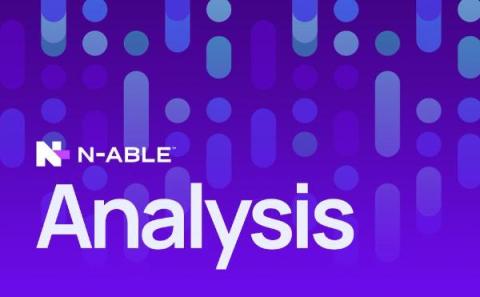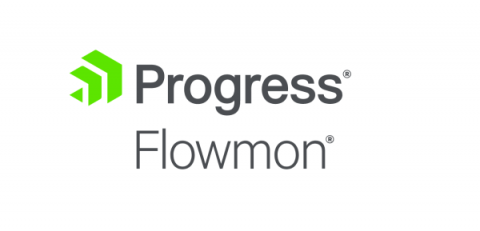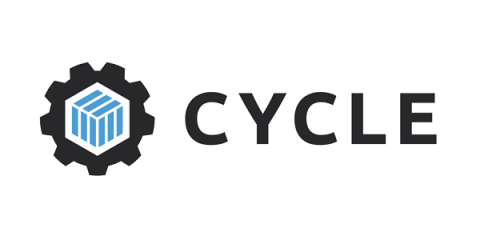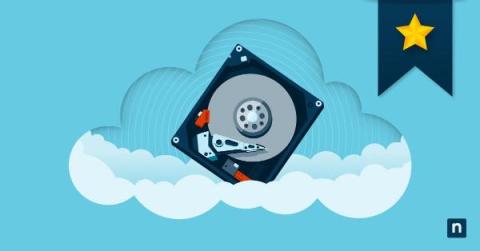UniSuper Google Cloud Outage Reveals Need for Keen Backup and DR Planning
Earlier this month, Google Cloud disclosed that it accidentally deleted the account of its customer UniSuper, a $125 billion Australian pension fund. According to a joint statement from Google Cloud and UniSuper, the deletion occurred due to an “inadvertent misconfiguration.” As a result, more than 600,000 pension fund users were unable to access their accounts for over a week. UniSuper had geographical redundancy built into its Google Cloud environment, according to the statement.











